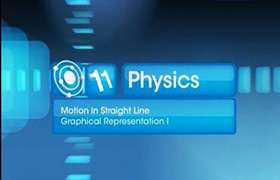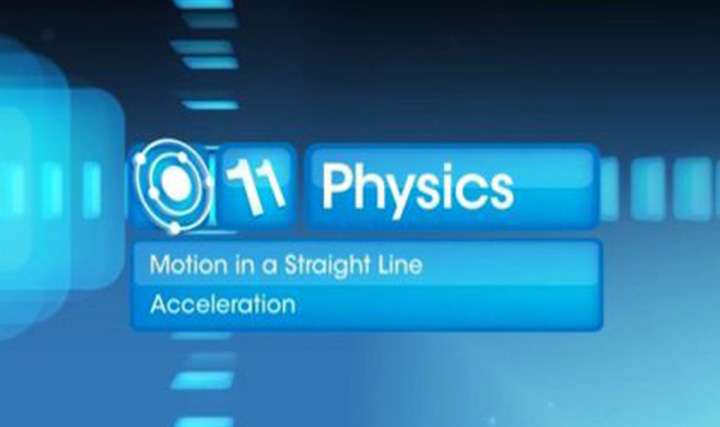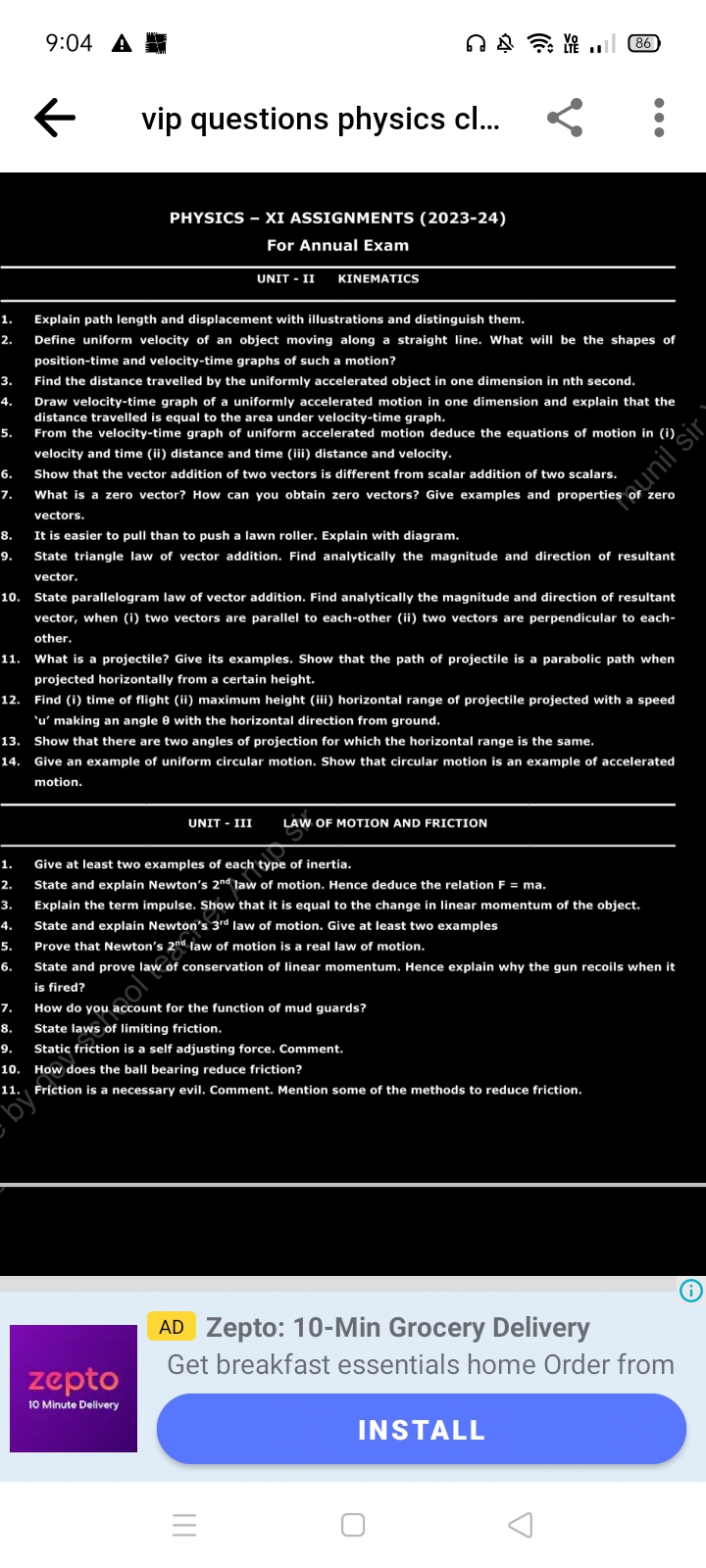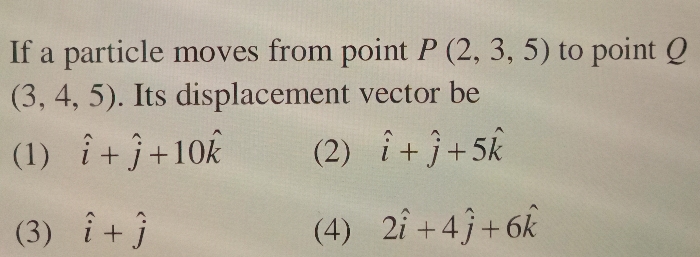CBSE Class 11-science Answered
You have 2 objects A and B. Sticking to 2 dimensions, here's an example:
A has a velocity (3i -11j); this could be written (3,-11 - it means the x-component is 3m/s and the y-component is -11m/s,
B has a velocity (-4j); this could be written (0,-4) - it means the x-component is 0 and the y-component is -4m/s,
To work out the velocity of B relative to A, you work out B-A one component at a time:
x component = 0 - 3 = -3m/s
y component = -4 -(-11) = -4 + 11= 7m/s
So the velocity of B relative to A is (-3i, 7j) or (-3, 7)
Relative displacement is calculated in exactly the same way if you know the components of the position vectors of A and B. (Position vectors are displacements relative to the origin.) There is no need for A or B to start at the origin, but either or both can - it just depends on the question.
So, if at time 0, A's position vector is (2,3) and B's position vector is (10,11), the displacement of B relative to A =(10-2, 11-3) = (8,8)








